|
Due to the difficult times we are living in, when I sat down to write this email, I told Trish I wanted to make it as positive as possible, and I asked her, "What's the most positive animal you can think of?" She said, "Nemo!" I had to agree. Nemo is a very positive fish. The little guy never gives up and never loses faith. So, for that simple reason, the clownfish is today's Awesome Animal! What the heck is a Clownfish? The clownfish, also called the anemonefish, includes about thirty species of fish that form an amazing symbiotic relationship with sea anemones. They are brightly colored, often with various patterns of orange, black, and white. Clownfish live mostly in coral reefs and shallow lagoons in the Indian and Pacific oceans. Nemo lives near Sydney, Australia, remember? Amazing facts about Clownfish Let's talk about this strange relationship between clownfish and anemones. First a few definitions. Symbiosis is when two living things develop a close, long-term biological relationship with each other. There are three basic types of symbiosis: mutualism, commensalism, and parasitism. Mutualism is when both organisms benefit. An example is lichens, in which fungi and algae (or sometimes cyanobacteria) live together and benefit from each other. Commensalism is when one organism benefits, but the other doesn't really care (it isn't helped nor hurt). An example is the remora, a fish that suctions onto a larger fish (like a shark). It gets a free ride and leftover scraps of food, but the larger fish is neither helped nor harmed. Parasitism is when one organism is benefited while the other is harmed or even killed. A well-known example is the tapeworm, which lives in the intestines of larger animals, stealing the larger animal's ingested food and often weakening the animal (called the host). In my Diffusion series, humans and tree kangaroos form a symbiotic, mutualistic relationship, in which... well, you'll just have to read the series if you want to know more about that (you'll be glad you did). Okay, back to the clownfish. Most clownfish species only form relationships with specific species of anemones. In fact, there are over 1,000 species of anemones, but only ten of those species can coexist with clownfish. This is an example of mutualistic symbiosis. So, both animals benefit. What does the clownfish get out of this? First, the sea anemone provides protection from predators. Sea anemone tentacles are poisonous and can sting and kill other fish. Second, the clownfish gets to eat scraps of fish left over from the anemone's meals, as well as anemone excrement and the occasional tentacle that breaks off. Third, the clownfish can raise its young in the safety of the tentacles. What does the anemone get out of this deal? First, the clownfish defends the anemone from parasites and predators. Second, when the clownfish poops on the anemone, the nitrogen from this poop increases the amount of algae growing in the anemone's tissue. Third, if you watch a clownfish, you'll see that it constantly moves around among the anemone's tentacles. This movement helps circulate water around the anemone, increasing the anemone's oxygen intake. Wow, how awesome is that relationship? Everybody wins! Well, except the prey fish that get attracted to the anemone's deadly stingers. Below are two saddleback clownfish. Notice the juveniles beneath the anemone—we're going to talk about those in a moment. Why do clownfish have such bright colors? One idea is that the bright colors attract small fish to the anemone, which are then killed by the anemone's stingers and consumed by the anemone. Here's a good question... why don't the anemone's stingers harm or kill the clownfish? A layer of mucus on the clownfish's body protects it from the stings. When a clownfish decides to live with a new anemone, it does an elaborate "dance" among the anemone's tentacles. It swims about, touching the tentacles with different parts of its body, until the anemone becomes acclimated to its body. It's worth pointing out that the fish's mucus is made up mostly of sugars instead of proteins, so it's possible the anemone may not recognize the fish as prey and therefore does not sting. It's also worth pointing out that clownfish are not really immune to the anemone's stings. Studies have shown that, if the mucus is removed, the anemones can kill the clownfish. So, it's all about the mucus! Check out this video about the clownfish/anemone relationship. Below is a tomato clownfish. Clownfish usually live in groups with an anemone, and the social structure is rather bizarre. We'll call the group of fish a colony. Each colony includes a breeding pair and then several additional, younger, non-dominant males. The breeding female is the boss, and she gets to live in the best room in the house, the top of the anemone. That's where the most food is (and I suppose it also has the best view). Now here's where things get kind of weird. All clownfish are born as males. Yep, all of them. When something happens to the breeding female in a colony (the boss)—if she dies, for example—the breeding male switches sexes and becomes the breeding female (that was not a typo). The largest of the juvenile males then experiences a rapid spurt of growth and quickly develops into the breeding male. Here's a good question... There's one breeding male, right? That male is the boss of the other males (but not of the female). Since that male likes being the one male lucky enough to breed with the female, why doesn't he kick all those smaller males out of the colony so that he doesn't have to worry about them sneaking upstairs and breeding with the female? Here's the simplified answer. The smaller males modify their growth rate, purposely remaining small and submissive so that they are not a threat to the boss male. That way they get to stay in the colony, hoping to someday have the chance to become the boss male when the breeding female dies. See? Clownfish are POSITIVE fish—always hopeful! Below is a Clarkii clownfish. Clownfish are wildly popular among aquarium enthusiasts. In fact, most of those you see in pet shops are bred in captivity rather than caught in the wild (Nemo would like that—he was caught in the wild). Selective breeding has resulted in a wide variety of "designer clownfish," with amazing colors and patterns. Below I put together several striking examples into one image. So, the Clownfish deserves a place in the S.A.H.O.F. (Scrumptious Animal Hall of Fame). FUN FACT: The word scrumptious originated in 1833 in a humor piece about the fictional Major Jack Downing, written by Seba Smith. The word is thought to be a colloquial alteration of sumptuous. The original sumptuous describes something very expensive, of choice materials and fine work. Scrumptious, on the other hand, means "very pleasing, especially to the senses; delectable; splendid." So, it does not refer so much to the expense of what it describes. From Rudyard Kipling: "Whew! What a place! …" said Stalky, filling himself a pipe. "Isn't it scrumptious? …" So, scrumptious is another way to say awesome! Photo Credits:
Sea Otters - Wikimedia Commons Knighting a penguin - Edinburgh Zoo Macaques with snowballs - Weird Science vis Twitter Nemo - Sticker image on Amazon product page Clownfish #1 - GreatBarrierReefs.com Saddleback clownfish - FishKeepingForever.com Tomato clownfish - BuildYourAquarium.com Clarkii clownfish - BuildYourAquarium.com
1 Comment
Javed
9/18/2023 10:40:24 pm
Well done on this informative article! I found it very useful. <a href="https://www.digistore24.com/redir/508107/Javed999GH8/" target="_blank">click here</a> for additional information.
Reply
Leave a Reply. |
Stan's Cogitations
Everyone needs a creative outlet. That's why I write. Archives
April 2024
|

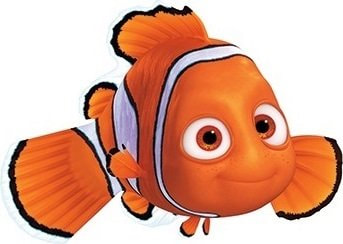
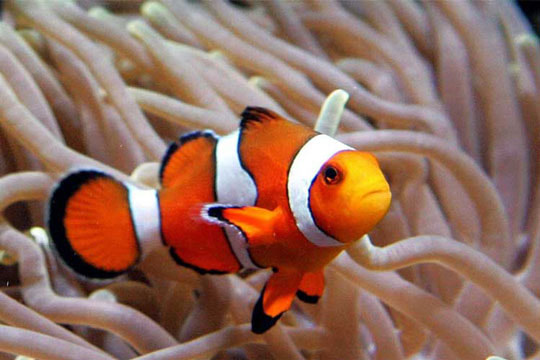

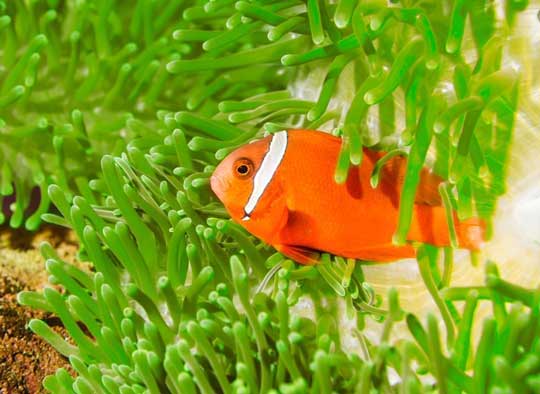
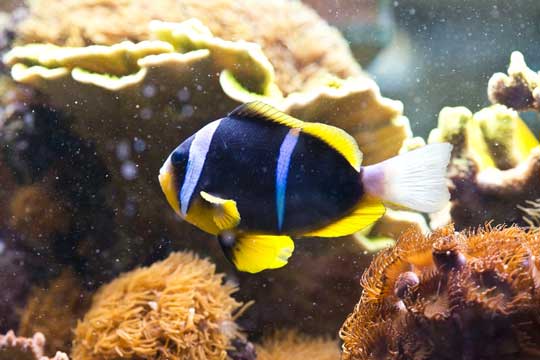
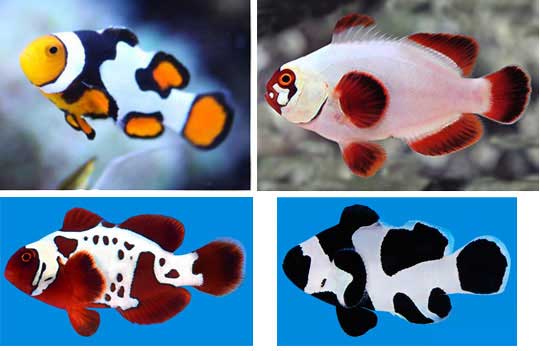
 RSS Feed
RSS Feed